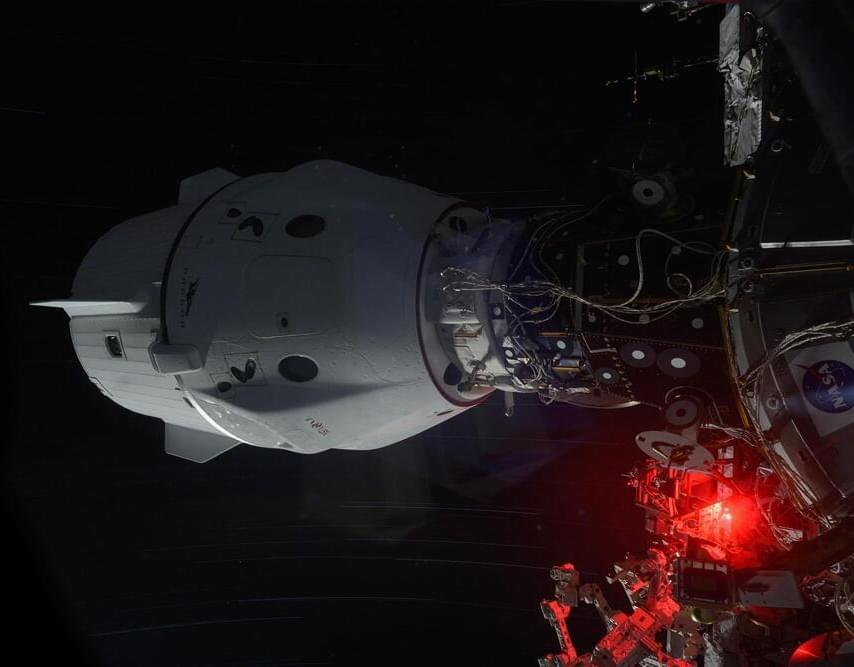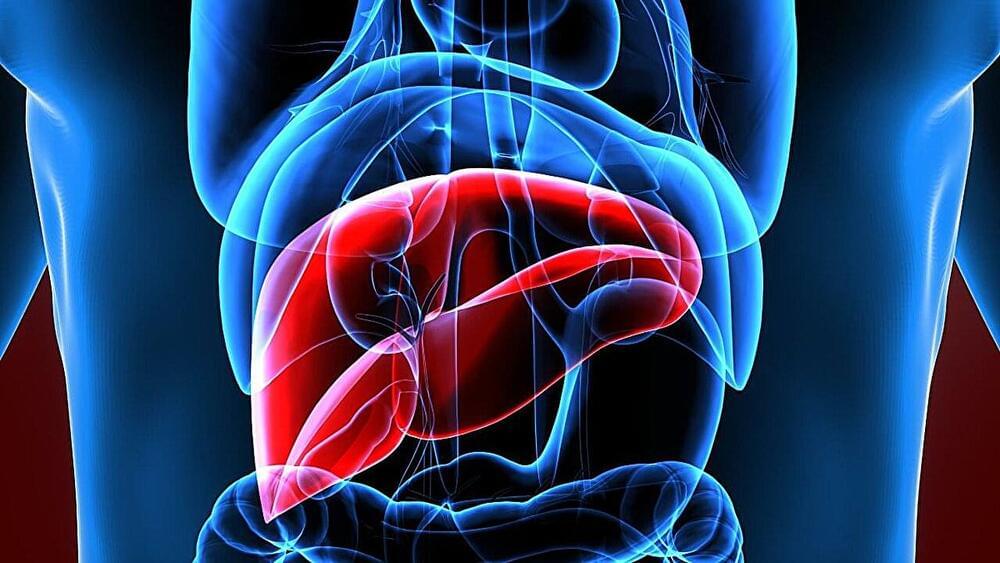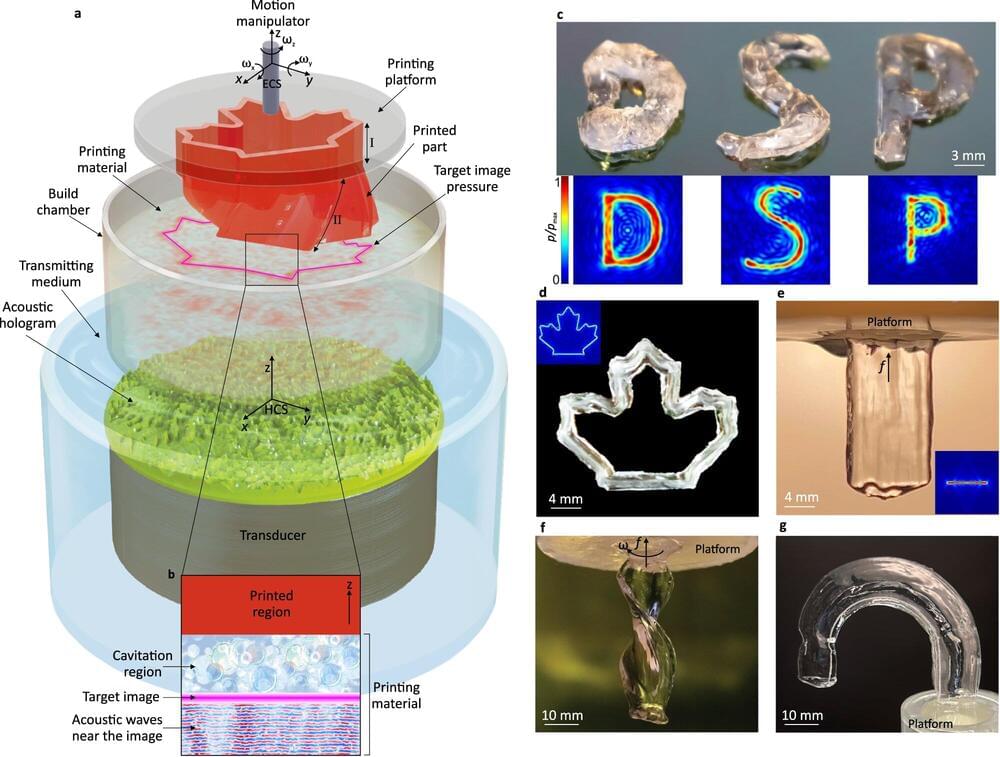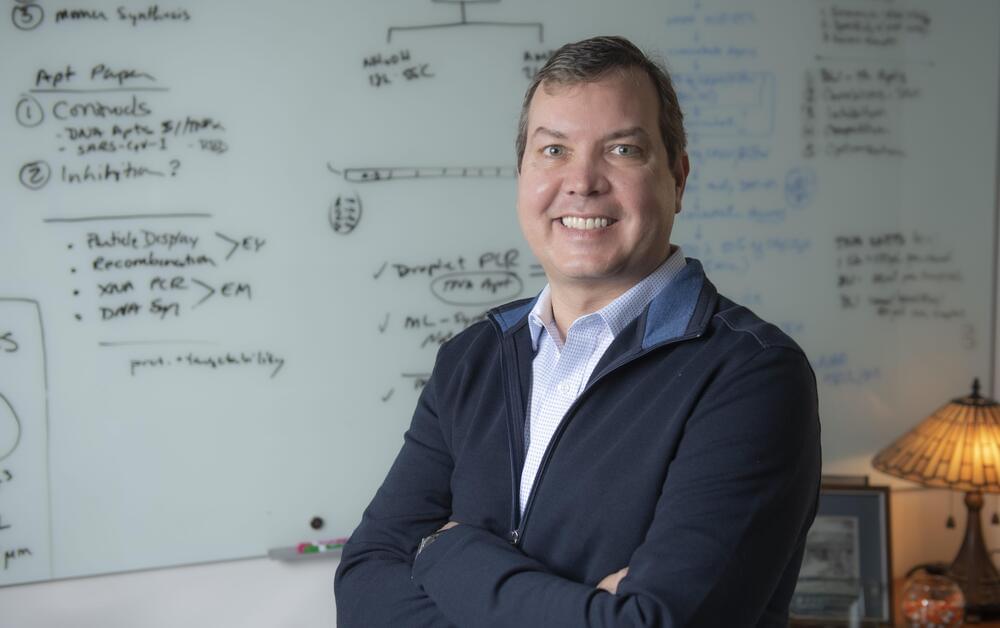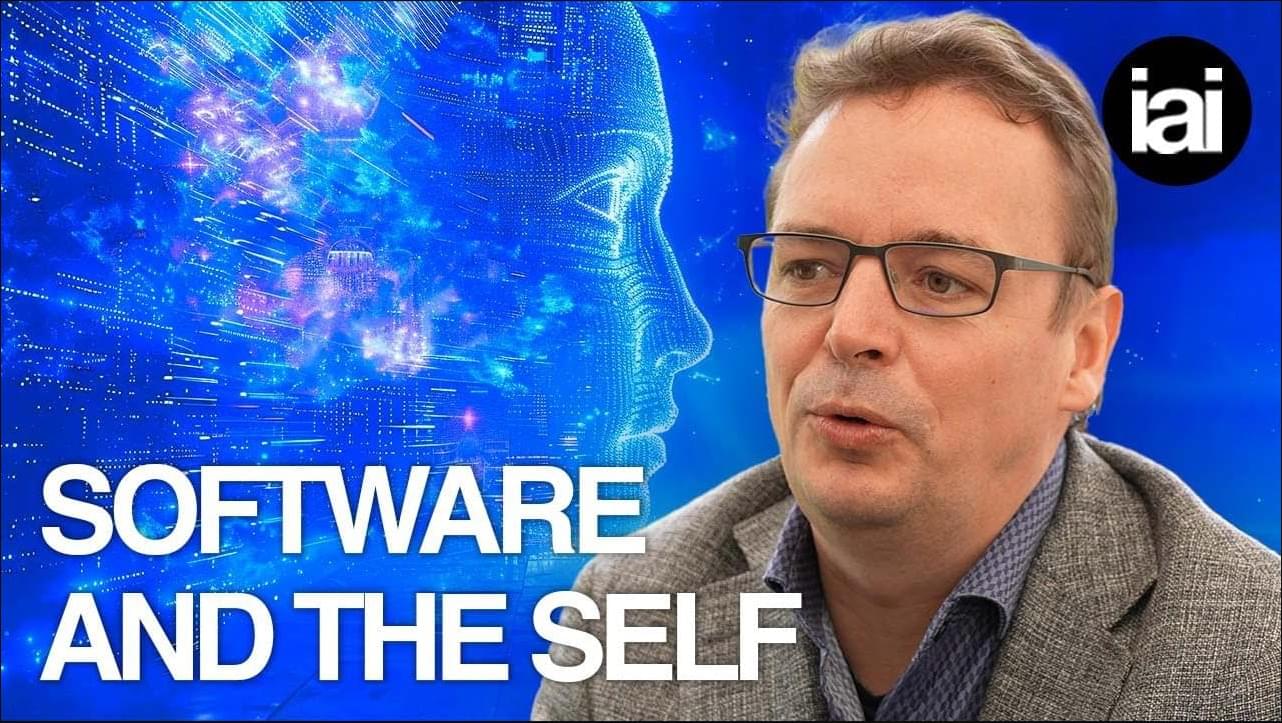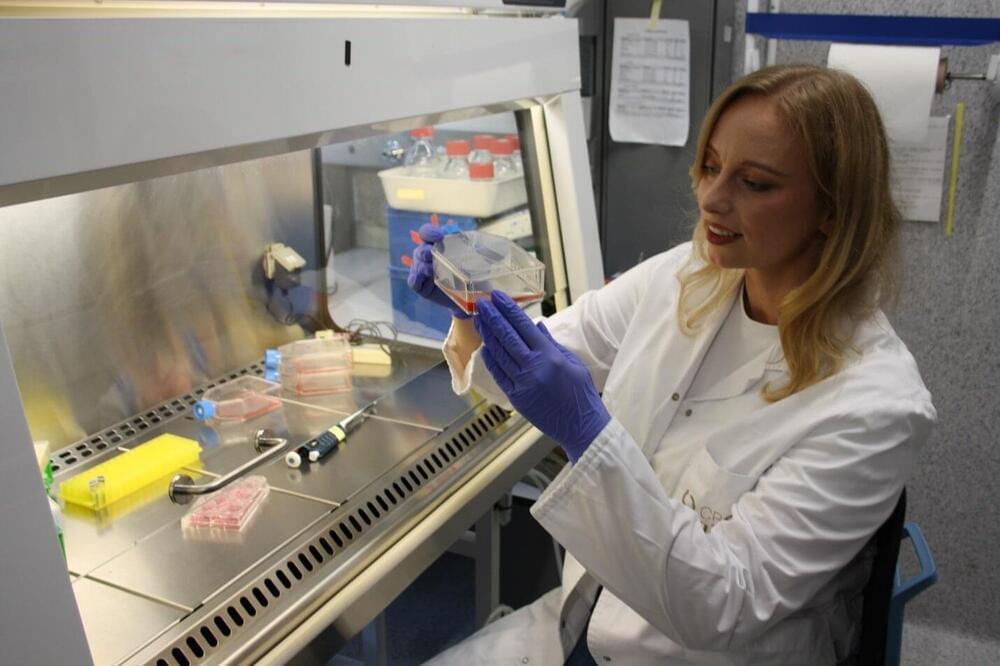Nov 1, 2024
Watch Live: SpaceX Dragon’s High-Stakes Docking Dance on the International Space Station
Posted by Genevieve Klien in category: space travel
To prepare for NASAs 31st SpaceX commercial resupply mission, four crew members aboard the International Space Station (ISS) will relocate the SpaceX Crew-9 Dragon spacecraft to a new docking port on Sunday, November 3.
Live coverage will begin at 6:15 a.m. EST on NASA+ and continue through docking completion. NASA content can also be accessed through various platforms, including social media.
At 6:35 a.m., NASA astronauts Nick Hague, Suni Williams, and Butch Wilmore, along with Roscosmos cosmonaut Aleksandr Gorbunov, will undock the spacecraft from the forward-facing port of the ISS Harmony module. By 7:18 a.m., they plan to redock it at the module’s space-facing port.
